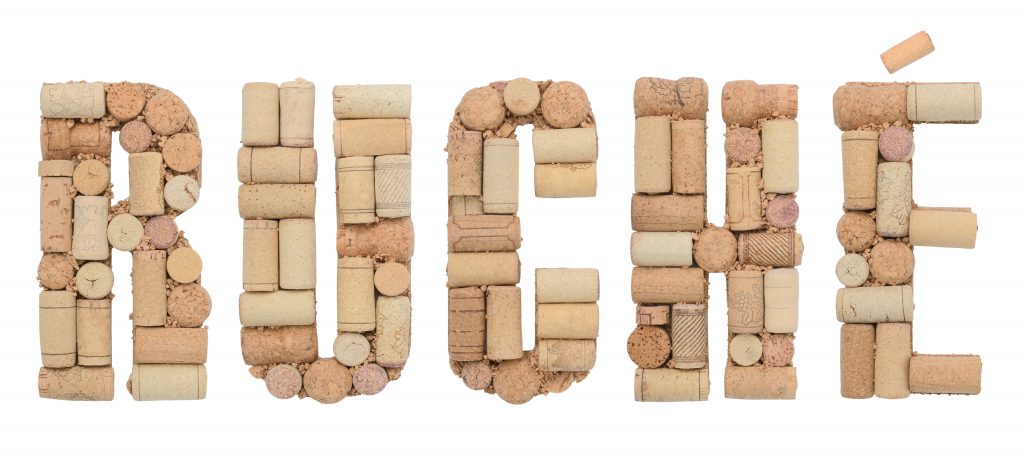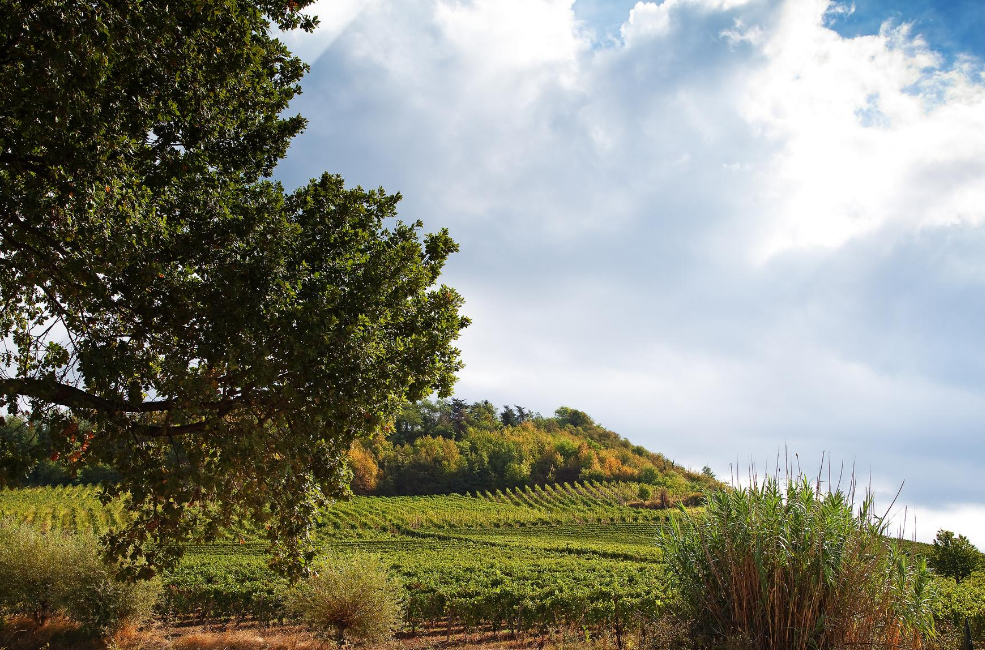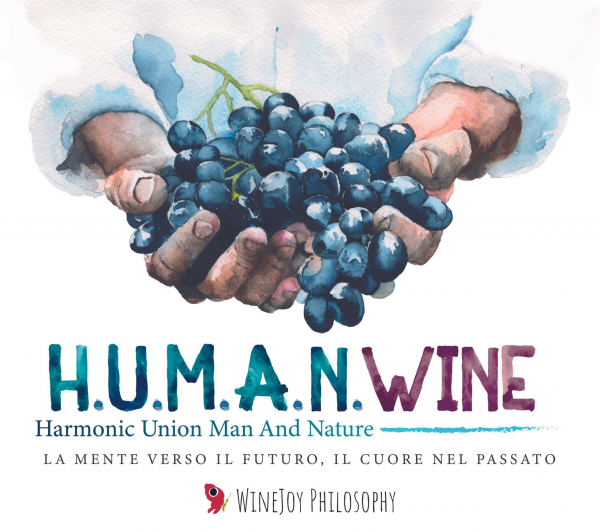Origins

We are in Piedmont and precisely in Monferrato Astigiano, an almost exclusively hilly territory within the territories of Alessandria and Asti.
Ruché from Castagnole Monferrato is a red grape variety that comes from calcareous and dry soils and cultivated in only 7 municipalities of Asti: Castagnole Monferrato, Montemagno, Grana, Portacomaro, Refrancore, Scurzolengo and Viarigi.
Its origins are mysterious, there are those who speak of a vineyard of Ruché next to a Benedictine convent dedicated to San Rocco that seems to be located in the areas of Portacomaro or Castagnole Monferrato, others speculate that the name may derive from the steep hills of the vineyards from which the dialect Ruché, In short, there is no reliable information on the origin of this vine that was abandoned for a certain period of time but then resumed in the 70s of the twentieth century by Don Giacomo Cauda, the parish priest of Castagnole, who believed in that vine and recovered a vineyard of the property of the Parish with the intention of growing it and vinified the grapes, despite being judged by the community a poor deluded for this belief.
On the contrary, thanks to the parish priest and the Mayor Lidia Bianco, secretary of the Agricultural School of Asti, the Ruchè obtained the DOC in 1987 and the DOCG in 2010. Most producers make a 100% Ruché wine, despite it is legally possible to make a blend of 10% of other grapes such as Brachetto and/or Barbera.
The terroir
Ruche’s vineyard are cultivated in Monferrato’s zone and they they extend along the hilly ridges.
This is a very particular terroir as the Alps and the sea give multiple benefits. Also, here the mountain ranges are a barrier both for the cold coming from the North and rainfalls and this is so important for Ruche’s vineyards because this variety doesn’t love the excessive rainfall so much. The mild and dry climate of the summers is the best to bring the grapes to a good ripeness.
The Gape
The cluster is medium/ large cylinder-shaped and the leaf is predominantly large. The berries are small and ball-shaped with a thick black-blue skin covered with plum. It is a grape resistant to fungal diseases such as downy mildew and moulds but is very sensitive to the attack of powdery mildew.
Gastronomic combinations
It is an excellent wine with tasty cheeses of medium-high seasoning (Castelmagno, Grana Padano, tomevari) and for typical Piedmontese dishes such bagna càuda, finanziera and agnolotti, it goes very well with game dishes..


